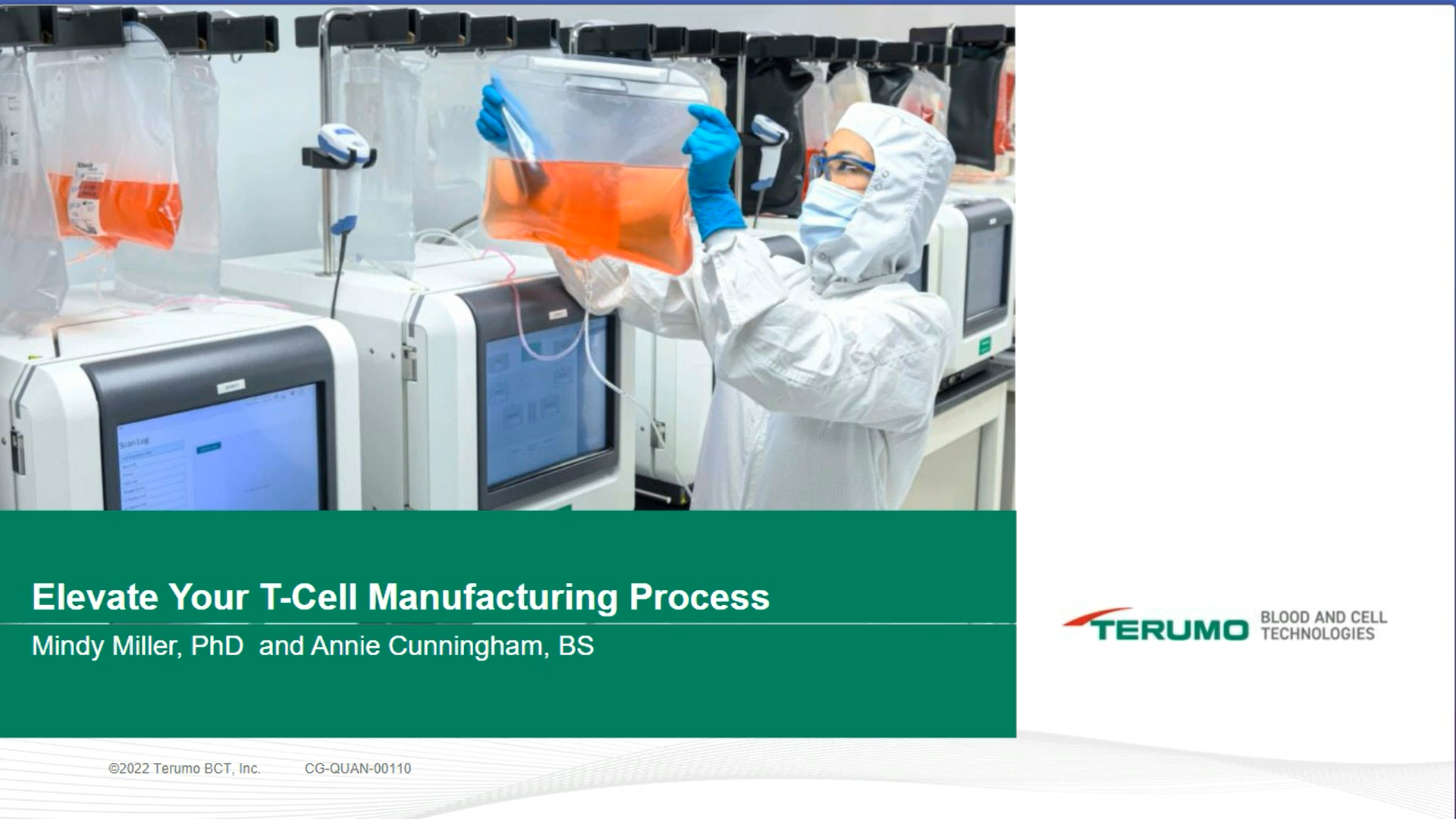
According to several key opinion leaders (KOLs) interviewed by GlobalData, pipeline gene therapies hold the greatest potential to transform the Gaucher disease landscape. While the importance of these novel therapies has been emphasised, there remains a significant amount of groundwork to be covered before these therapies receive regulatory approval.
Gaucher disease is an uncommon inherited metabolic disorder characterised by a deficiency of the enzyme glucocerebrosidase (GCase), resulting from mutations in the GBA1 gene. This deficiency leads to the harmful accumulation of lipids throughout the body, particularly glucocerebrosidase, with the spleen, liver and bone marrow being the primary affected areas.
Common manifestations include hepatosplenomegaly (abnormally enlarged liver and spleen), thrombocytopenia (low platelet levels), anaemia (low red blood cell levels) and skeletal abnormalities.
The manifestations of Gaucher disease exhibit variations across its types: type 1 (non-neuronopathic), type 2 (acute neuronopathic) and type 3 (chronic neuronopathic). Current treatment modalities involve enzyme replacement therapy (ERT) to boost GCase levels and substrate reduction therapy (SRT) aimed at lowering glucocerebroside levels.
Approved ERTs include Sanofi’s Cerezyme (imiglucerase), Takeda’s VPRIV (velaglucerase alfa) and Pfizer’s Elelyso (taliglucerase alfa). SRT options include Sanofi’s Cerdelga (eliglustat tartrate) and Actelion Pharmaceutical’s Zavesca (miglustat).
How well do you really know your competitors?
Access the most comprehensive Company Profiles on the market, powered by GlobalData. Save hours of research. Gain competitive edge.

Thank you!
Your download email will arrive shortly
Not ready to buy yet? Download a free sample
We are confident about the unique quality of our Company Profiles. However, we want you to make the most beneficial decision for your business, so we offer a free sample that you can download by submitting the below form
By GlobalDataWhile these therapies provide some benefit for type 1 and certain type 3 patients, there remain numerous unmet needs—in particular, the lack of effective treatments for neuropathic manifestations experienced by type 2 and type 3 patients. These include brain damage, eye movement disorders and seizures. As such, gene therapy stands as a potential solution to overcome this obstacle.
Adenovirus-associated vector (AAV) gene therapy is a cutting-edge medical approach that utilises a modified version of the adenovirus, a virus that typically causes respiratory infections. Here, the adenovirus serves as a vector to deliver therapeutic genes into target cells without causing illness. This technique holds promise for treating Gaucher disease by introducing a healthy GBA1 gene into the patient’s cells, addressing the root cause of the disease. The advantage of AAV gene therapy lies in its ability to transport therapeutic genes efficiently and safely, as demonstrated by notable successes in treating spinal muscular atrophy and haemophilia.
This approach is being developed by Prevail Therapeutic, a subsidiary of Eli Lilly. Prevail’s PR-001 is currently in Phase I/II for type 1 and type 2 patients. PR-001 utilises the adenovirus vector AAV9 to enable GCase synthesis, thereby facilitating glucocerebroside breakdown. With fast-track FDA designation, this gene therapy could offer patients a targeted, long-lasting solution over marketed ERTs and SRTs. Similarly, Freeline Therapeutic’s FLT-201 is another AAV gene therapy in development for type 1 patients.
Speaking to GlobalData, KOLs have expressed enthusiastic support for gene therapy in the Gaucher disease drug market. One KOL emphasised “Gene therapy is the future,” highlighting the transformative potential of this innovative approach. According to another KOL, “Worldwide, there’s a big market for it,” underlining the global impact gene therapy could have.
Most significantly, one KOL emphasised that “it’s a game-changer because you could offer a cure.” Indeed, gene therapy holds the potential to offer a curative approach, a paradigm shift from existing treatments, which are expensive and ineffective at targeting neuropathic symptoms.
The safety of AAV gene therapy is a crucial focus, with KOLs expressing caution alongside optimism. KOLs have stated “ethical issues” and the necessity for “more safety data”. Despite these concerns, a hopeful tone emerges, with a comment stating: “Safety is the big concern. But I think experiences in haemophilia indicate this will be safe.”
As research and development progress, these insights emphasise the gene therapy’s capability to disrupt the current Gaucher drug market. With the prospect of providing a cure and addressing unmet needs, gene therapy stands at the forefront of innovation, offering new possibilities for patients and a shift in the approach to treating this rare disease.







Related Company Profiles
Pfizer Inc
Sanofi
Eli Lilly and Co
Actelion Pharmaceuticals Ltd
Prevail Therapeutics Inc